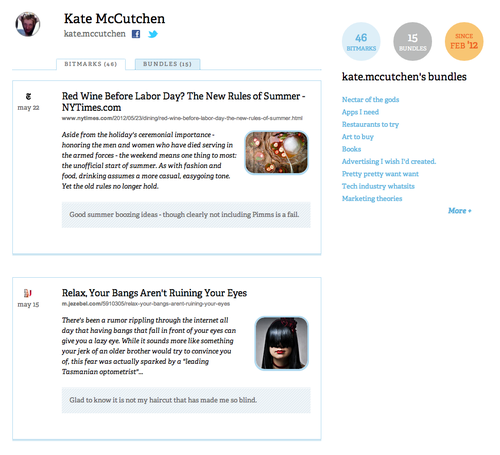For years now I’ve heard (and said) that the legal system is lagging behind, that it needs to catch up and provide answers to some of those questions raised by the recent technological advances. Given how complex and large our current legal system is, that’s not an easy task. But the need is there. And, as always, where there is a need, there is a business.
I’ve actually been wondering when we’ll see more and more lawyer start-ups, figuring out problems and providing solutions. Today I’ve learned about one such start-up via this Slashdot post. It’s called Judge.me and it provides arbitration services over the Internet:
It’s not unusual for a freelance Web designer or developer to be burnt when a client refuses to pay up, citing one excuse or another. And what can you do about it? If a contract only amounts to a few thousand dollars, litigation to recover your fee can be far too expensive, and an increasingly vituperative exchange of emails is often not enough for client and contractor to come to agreement over who owes whom what. Into this gap steps judge.me: A start-up founded by Peter-Jan Celis that aims to provide internet-based, legally binding arbitration services — a ‘small claims court’ for the internet — with a particular eye on settling the conflicts that arise over freelance development and Web design.
The start-up is utilizing the Convention on the Recognition and Enforcement of Foreign Arbitral Awards that is recognized by 146 countries (yes, including US, most of European Union, Cyprus, and Russian Federation). Read more on how it works.
There are still questions and doubts on whether Judge.me is the solution or a milestone on the road to one. Some people are skeptical, yet others seemed to have tried it and got the results. But regardless of how good this particular service is, I’m glad to see some activity in this area.
